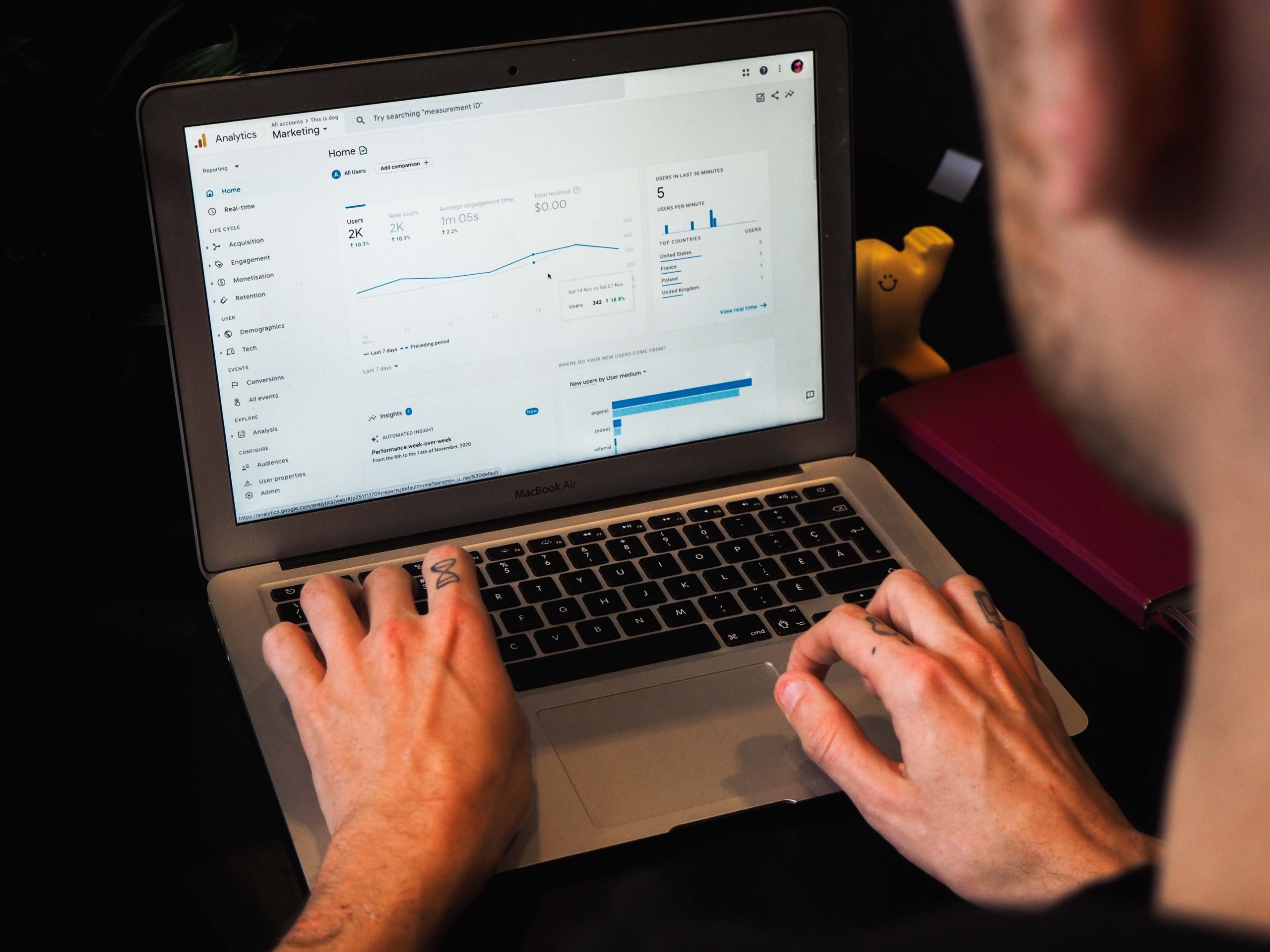Nowadays a lot of businesses operate internationally, and through the internet their websites can target audiences all over the world. However, there are still plenty of companies that do not fall into this category, and who want to improve their visibility for local customers.
Local SEO does just that. Improving your local visibility requires both on- and off-page optimisation. In this post, we will look at local on-page optimisation techniques.
So exactly what kind of businesses can benefit from local SEO? It’s easy, if you are getting the majority of your customers locally, then local SEO is for you. The type and size of your business in doesn’t matter. And if you have a branch in multiple locations, local SEO will benefit you greatly as well.
Let’s have a look at the most important techniques.

Choose the correct domain for your website
Choose the correct country-specific domain extension
If you operate in the UK, you may want to choose .co.uk, for Germany you will want .de, and so on. The domain extension indicates to the search engines which country you are located in. If your website has the domain extension .se, for example, your content will most likely be for Swedish customers.
There are also neutral domain extensions, such as .com, .org, .net or .guru. If you are using one of those, you can choose your website’s geographic target in Google Webmaster Tools under Configuration > Site Settings.

Set your website’s geographic target audience in Google Webmaster Tools
Content
Mention your address on your website. Make sure that it is visible and included on one or more pages. You could include it in your footer and also mention it on your ‘contact’ and ‘about us’ pages. It is important that visitors can find your business address quickly. This also means that search engines can list your site more effectively for local searches.
For multiple locations, create a unique and optimised page for each location. Try and create unique content for each page to avoid duplicate content issues. You could for example talk about the store’s location, specific offers, facilities and directions.
-> Don’t make it difficult for search engines to find the individual location’s pages! Even if you decide against including each location’s page in your main navigation, you may still want to include them in the footer and your site’s html sitemap.
Keep your content fresh, so make sure that you have a blog or news section. Also, don’t forget to add image alt tags to all your images. If you have images of events or shops in specific locations, you may want to include the location in the alt text.
Meta Data
Show search engines and users where you are located by including your location in your page title and meta description.

URLs
Include your location in the URL. If you have multiple locations, it may be best to create a unique page and URL for every location. For example, if you own a cookie shop in Brighton, London and Edinburgh, create a specific page for each shop.
![]()
Structured Data
Structured Data is used to generate rich snippets, which will stand out in the search results and can improve your click-through-rate. The term describes different types of markup, all of which are supported by Google. However, they do recommend using microdata.

Make your business stand out in the search results with structured data
Structured data can be used to include your business address and by using microdata, microformats, schema.org or RDFa make it stand out in the SERPs. You can use Google’s handy little tool to learn and set up structured data specifically for your site.

Google Structured Data Markup Helper
Learn more about structured data here.
Finally, monitor your site’s performance

Find out where your visitors are coming from in Google Analytics.
Google Analytics is a great tool monitor how your site is performing and its possibilities are nearly endless. You can easily learn where your customers are coming from by navigating to Audience > Geo > Location.
Conclusion
Choose the correct domain, create unique and optimised pages with unique content for each of your locations, add structured data, optimise meta data and URLs, include your address visibly on your site, add relevant image alt tags and optimise your content.
If you need any help with the SEO for your local business, get in touch with us and let’s chat about it.

